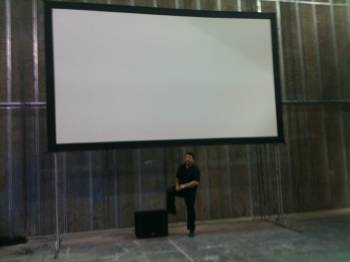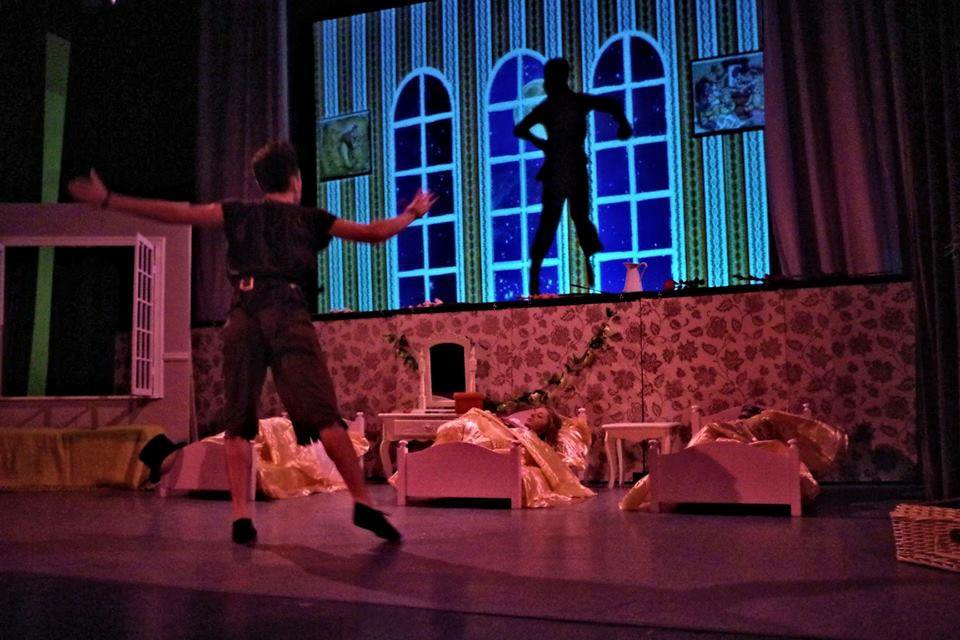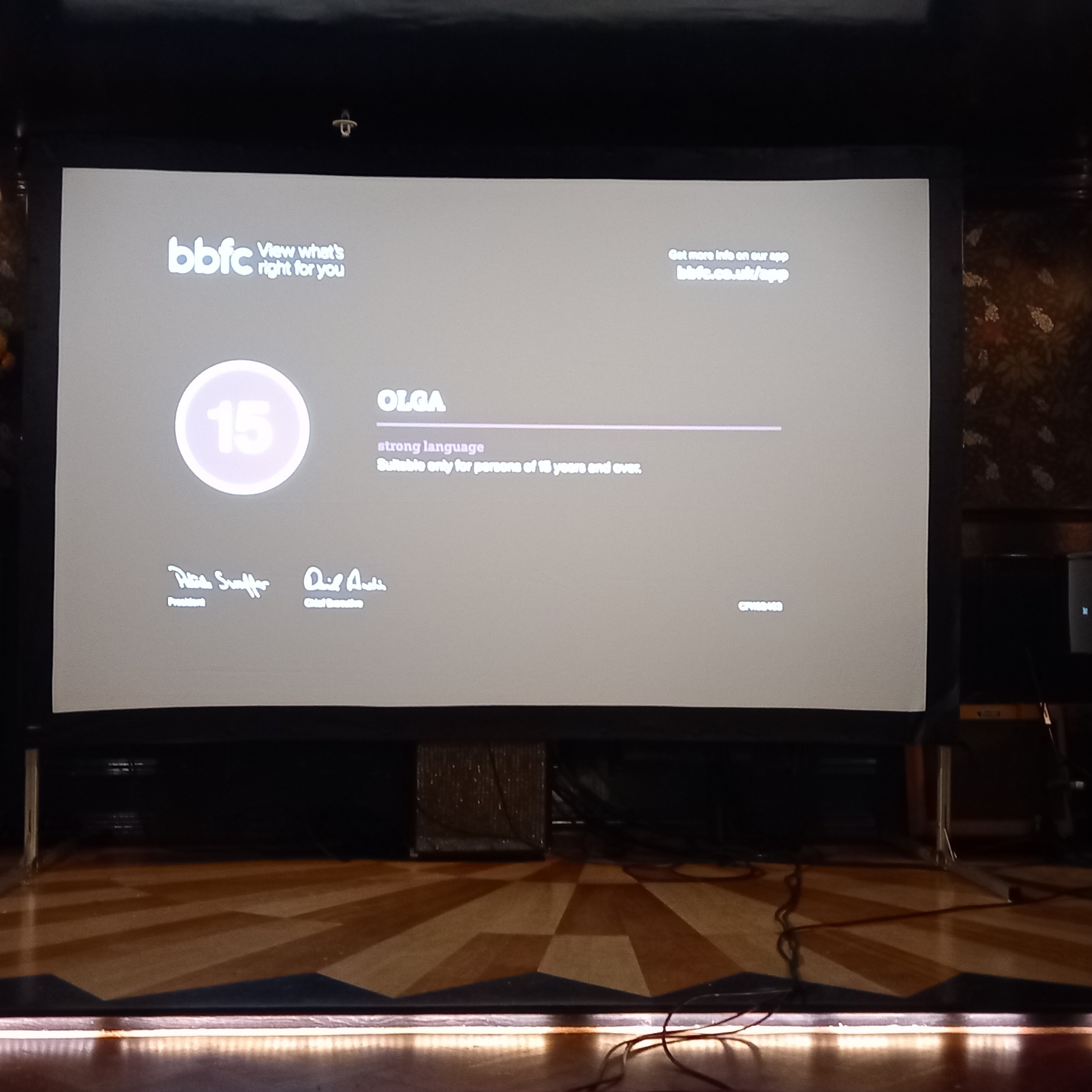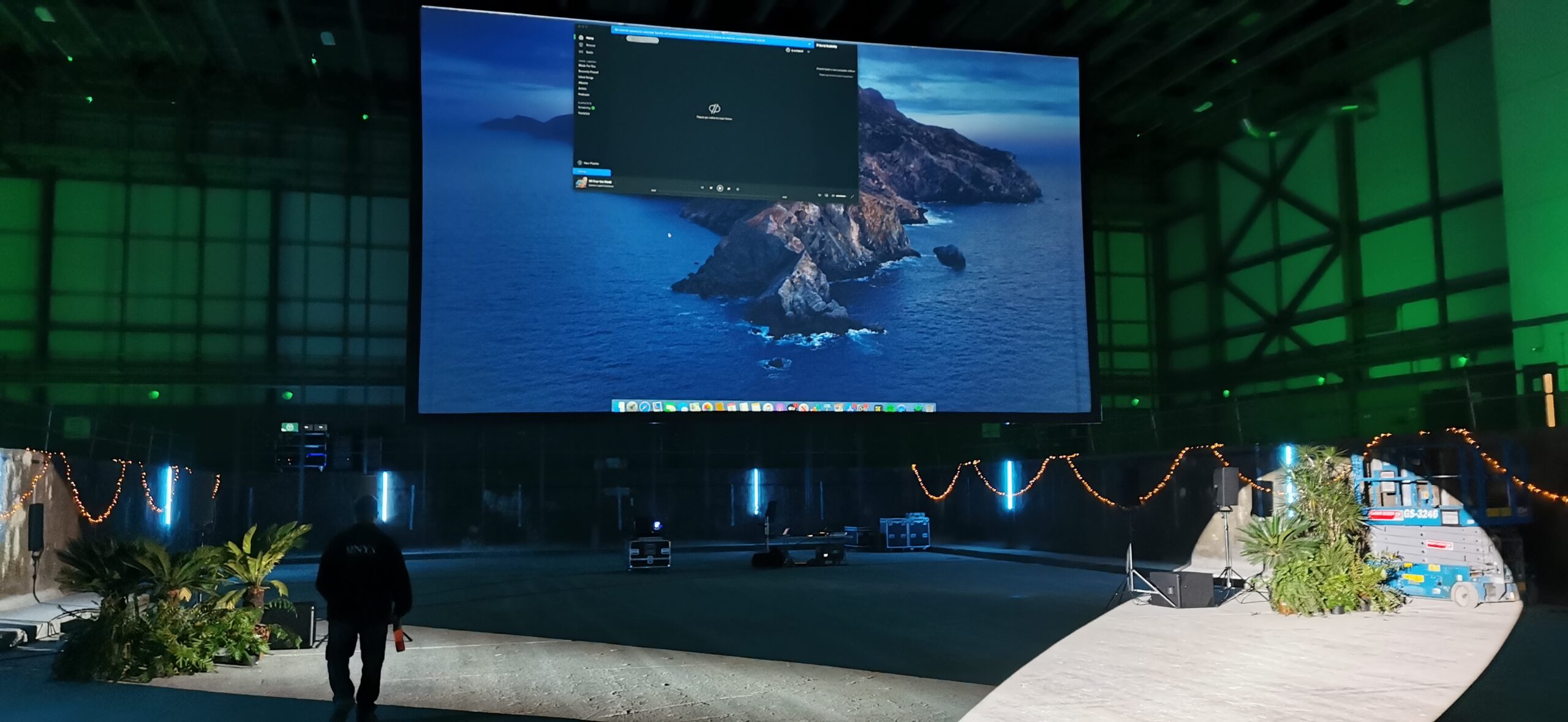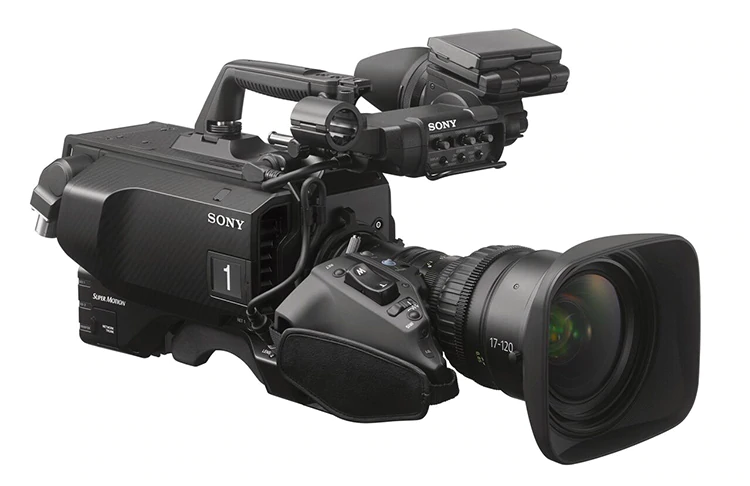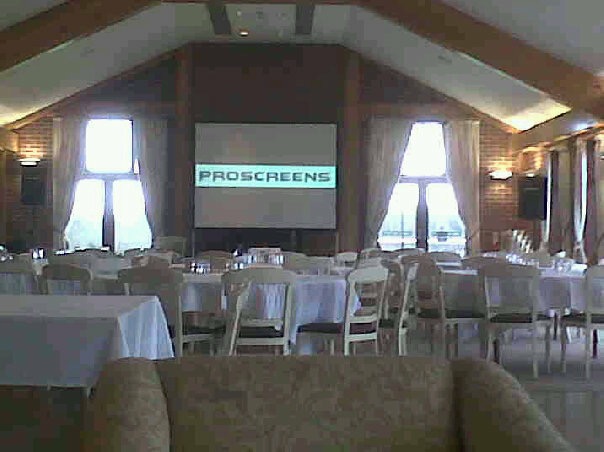What a projectionist does
Showing films is only part of a projectionist’s work. His first job is to ensure that the projection and ancillary equipment is maintained to a high standard.
When he receives the film from the renter, he checks its condition and makes up the program by splicing the reels together and including trailers, announcements, and adverts.
He checks the screen ratio (Academy, widescreen or Cinemascope) and sound system (analog, SRD, SDDS, DTS) employed on the film and ensures that the correct lens and masking plate are on the multimedia projector and that the screen masking has been set accordingly.
He then laces the film through the multimedia projector and stars the show, dimming the lights and opening the tabs (curtains).
While the film is running, he keeps a watchful eye and ear to ensure that the picture remains in focus and in rack, that the film is not scratched, and that the sound is maintained at the correct level and is not distorted.
The projectionist is also in charge of the non-sync (to play music before the film and in the intermission), cinema lighting, heating and ventilation and other electrical and mechanical equipment.
He must be familiar with front-of-house systems from popcorn sales to computerized ticketing. He needs a good working knowledge of local licensing laws and health and safety requirements.
To stay in business, the projectionist must keep up to date with all the latest technical developments relating to the cinema/theatres.
Most multimedia projectors are currently mechanical devices with film passing through them using a technology going back to the 1890s, but the digital revolution is set to change that.
As higher resolution images become possible and the equipment more affordable, digital cinema will become increasingly common.
The projectionist is, above all, a showman. In the old days his artistic control of the house lights, footlights, title curtain, and sometimes the special
projected scenic effects, as well as the non-sync (to play music at the beginning of the show and during the intermission), was the trademark of a well-run picture palace.
Although many cinemas no longer have footlights, curtains, or effects machines, facilities
once found even in some of the humblest cinemas, a good projectionist will nevertheless put on a good show with whatever is at his disposal.
